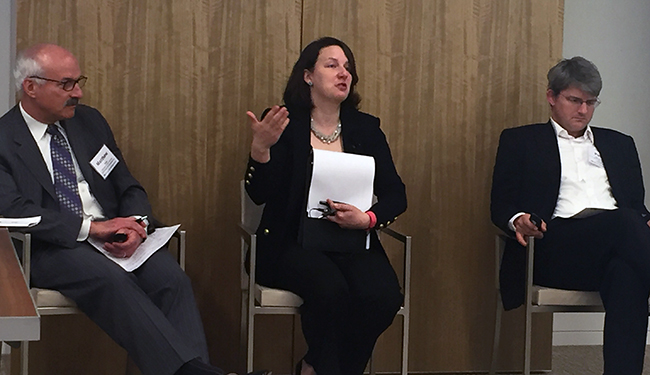Top Tips for Your Global Regulatory Strategy

Last week MedTech Intelligence invited global regulatory experts to gather and educate the industry about the tactics they use to build, evaluate and coordinate an effective regulatory strategy that addresses the ever-changing international environment. Here’s what these senior leaders had to say.

On the core elements of an effective global regulatory strategy
“There can be inefficiencies due to differing assumptions between groups. If there’s a misalignment, you’re going to miss overall what you’re trying to do. Understanding cross-functional considerations is critical.” – Michael Morton, vice president, corporate regulatory affairs, Medtronic
“The value of the regulatory strategy: Helping the commercial team have an understanding of what they can do and how to achieve it.” – Sergio Gadaleta, senior vice president, regulatory affairs, BD
“What’s the most important non-regulatory quality for a regulatory person to have? Being an effective communicator.” – Tony Blank, co-founder & senior advisor, Barton & Blank

On aligning regulatory strategy and market considerations
“Understand how medicine is practiced in the areas you’re going to. That’s an important consideration. Who are the users? Who are the patients? In what geographies are these important diseases? One of the mistakes many companies make is to decide [where they’re going to distribute products] without thinking about to whom, for whom and under what conditions. What kind of hospital environment is required? And does that even exist there?” – Susan Alpert, principal, SFA Consulting
“Global regulations are rapidly changing. It’s hard to get the information [and] hard to get the intelligence. Sometimes we have to get it from each other.” – Nicole Taylor Smith, senior director, global regulatory affairs policy and intelligence, Johnson & Johnson

“[There will be fewer] resources for notified bodies. Start now with your notified body— show your concept and start to talk about the requirements, [and] understand the consequences of your product portfolio (know which products to phase out and which to move forward with). – Peter Havel, TUV SUD
On best practices and leadership skills
“Communication. I don’t think you can over-communicate anything; understanding the message and the strategy, and the limiting factors we have to consider.” – Michael Santalucia, vice president, global regulatory affairs, TerumoBCT